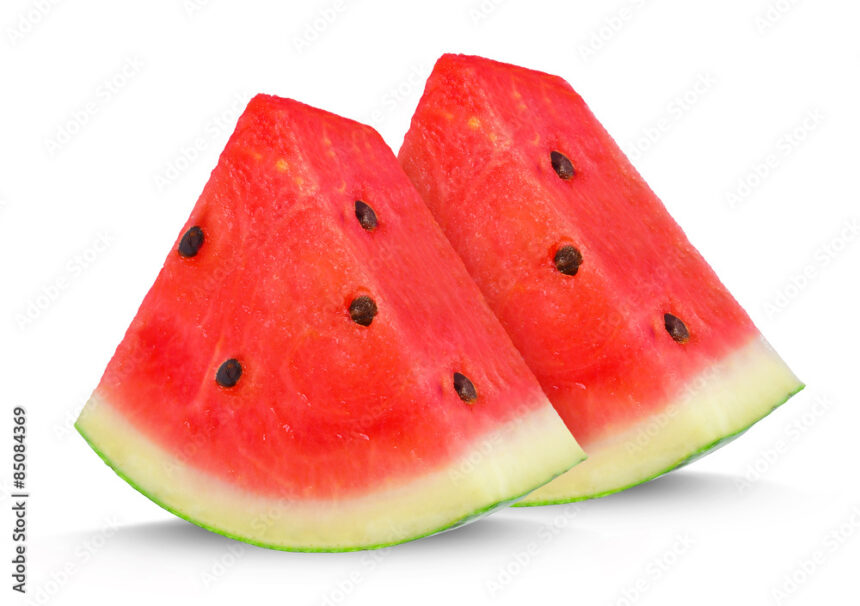Bacterial fruit blotch (BFB) is a disease that affects watermelon plants. It is caused by the bacterium Acidovorax avenae subsp. citrulli. BFB can result in significant damage to the fruit and foliage, leading to economic losses for watermelon growers. Here are some symptoms of bacterial fruit blotch that you should look out for in watermelons:
- Leaf Lesions: BFB can cause irregularly shaped, water-soaked lesions on the leaves. Initially, these lesions are small and dark green, but they can enlarge over time and become necrotic (brown or black). Lesions may be surrounded by a yellow halo.
- Fruit Lesions: The bacterium can also infect watermelon fruit. Infected fruits develop dark, sunken lesions that are often surrounded by a yellow halo. The lesions may ooze a sticky, amber-colored bacterial exudate, particularly in humid conditions.
- Vines and Stems: BFB can cause wilting or yellowing of vines and stems near the base of the plant. These symptoms may progress upwards, affecting the entire plant.
- Seedling Damping-Off: In young watermelon seedlings, BFB can cause damping-off, which is the rotting and death of the young plants before they can fully establish. Seedlings may appear water-soaked, collapse, and eventually die.
- Rapid Spreading: BFB can spread rapidly within a watermelon field, especially under warm and humid conditions. The disease can be introduced through infected seeds, irrigation water, or contaminated equipment.
If you notice any of these symptoms in your watermelon plants, it is important to take action promptly. Contact a local agricultural extension service or a plant pathologist for accurate diagnosis and guidance on management strategies to control bacterial fruit blotch.
Join 'Farmers Mag' WhatsApp Channel
Get the latest Farming news and tips delivered straight to your WhatsApp
CLICK HERE TO JOIN






